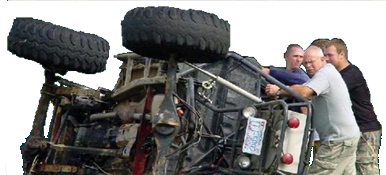I was towing about 5000lbs with my '13 Silverado 1500 for the first time this past weekend and was keeping an eye on the trans temp gauge. What is a good rule of thumb for trans temps getting to hot? Owners manual says a light will come on when it is getting hot and needs to cool but it didn't say at what temp it would come on. I saw it get up to 170 on the trip from Chapel Hill to Hickory. Truck has 6L80 trans with towing package which includes trans cooler. Has factory trans fluid in it. Not sure if that is synthetic or not. Is 200 hot or 220 to hot?
Last edited:

